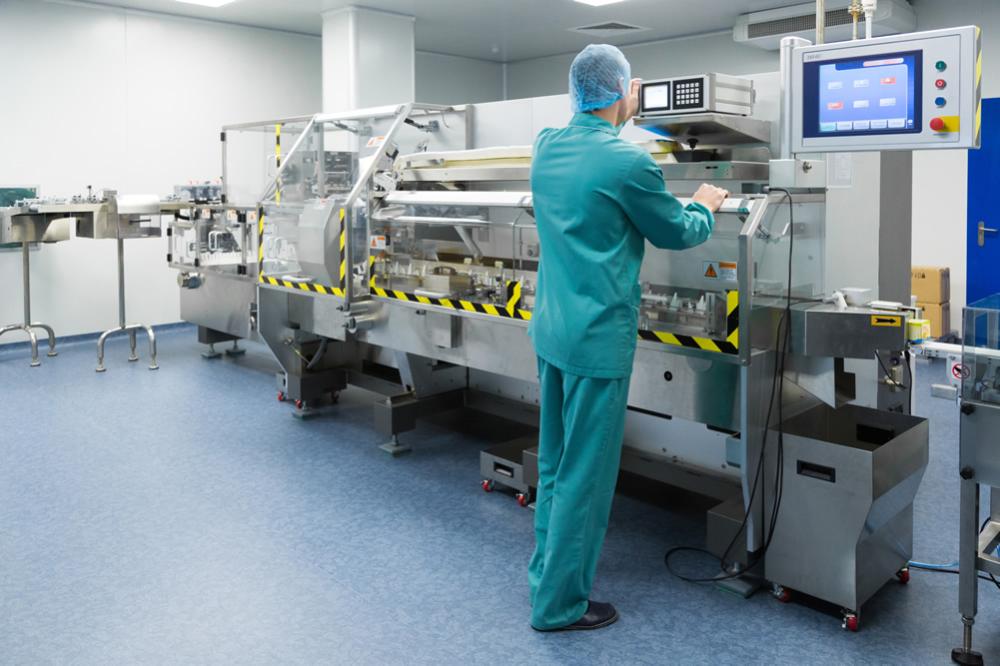In the complex intersection of the life sciences and legal fields, the translation of patents holds a critical place. For companies like Powerling, which specialize in translation and localization for the life sciences industry, mastering the delicate balance between technical accuracy and adherence to legal standards is not just a service—it's a necessity. This article explores the unique challenges of translating life science patents and the ways in which these documents must be handled to preserve both their scientific integrity and legal enforceability.
Understanding the Importance of Life Science Patents
Life science patents protect intellectual property (IP) rights in fields such as biotechnology, pharmaceuticals, and medical devices. They are essential for securing investments and fostering innovation, providing companies the exclusive rights to commercialize their inventions. However, the very nature of these patents—detailed, technical, and inherently complex—makes translating them a formidable task. When these patents are filed in multiple countries, the translation needs to meet the local regulatory and legal standards without compromising the scientific content.
Technical Accuracy in Translation
The foremost challenge in translating life science patents is ensuring technical accuracy. These documents contain specialized terminology and descriptions of complex processes that require a precise understanding of both the source and target languages, as well as a deep familiarity with the subject matter.
Scientific terminology is often nuanced, with terms that may have no direct equivalent in other languages. Translators must be adept in scientific nomenclature and aware of any subtle differences that might alter the interpretation of a patent’s claims.
Descriptive clarity is another critical aspect. The translator must ensure that every component, process, and method described in the patent is clear and unambiguous. This clarity prevents misinterpretation, which could lead to legal disputes or patent invalidation.
Legal Requirements and Compliance
Legal accuracy is equally important. The translated document must conform to the patent law requirements of the target country. This involves not only a precise translation of the content but also formatting and structuring the document according to specific legal standards.
Legal terminology differs significantly from one jurisdiction to another. A term accepted in one country’s patent system might be undefined or carry a different connotation in another. Hence, translators need to be versed in the legal language and norms of both the source and target countries.
Adhering to local patent filing requirements is crucial. Each country has its own set of rules regarding the structure, claims, and descriptions in a patent application. Non-compliance can lead to the rejection of a patent application or legal challenges to the patent’s validity after its approval.
Balancing Accuracy with Legality
The dual requirement for scientific and legal precision means that translating life science patents is a balancing act. Translators must navigate these requirements while ensuring that the translation is faithful to the original text.
Collaboration between experts in law, translation, and life sciences is often necessary. For instance, Powerling employs a team approach, involving legal experts and scientists alongside linguistic specialists to ensure that all aspects of the patent are correctly translated.
Continuous education and training are also vital. Translators must stay updated with the latest developments in both the life sciences and legal fields to handle new challenges effectively.
Bottom Line
The translation of life science patents is a high-stakes task that requires meticulous attention to detail and expert knowledge in multiple disciplines. For companies like Powerling, success in this field significantly impacts the global commercialization of life science innovations. By ensuring that translations of life science patents achieve both technical accuracy and legal compliance, we play a pivotal role in advancing health and science technology across borders.
This nuanced and expert approach to translation underscores the critical role of specialized services in bridging the gap between international law and global scientific innovation.

